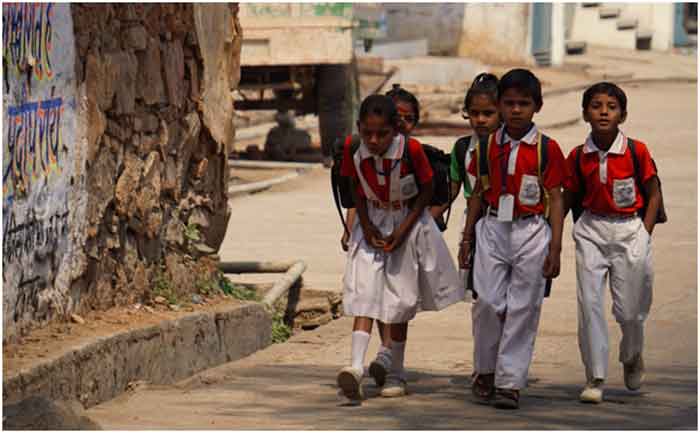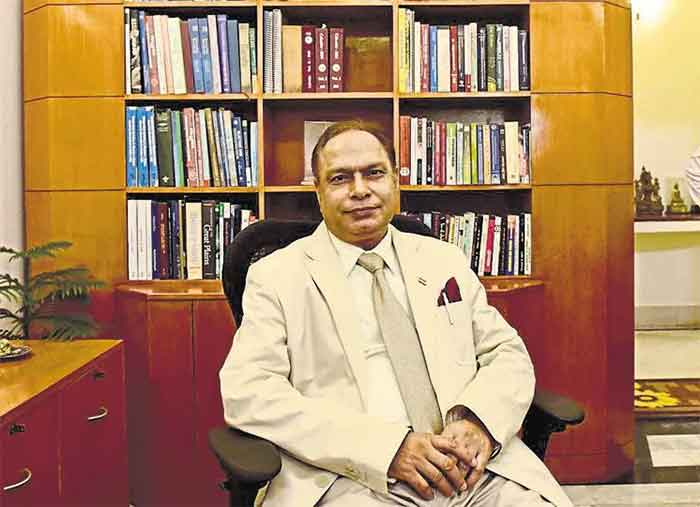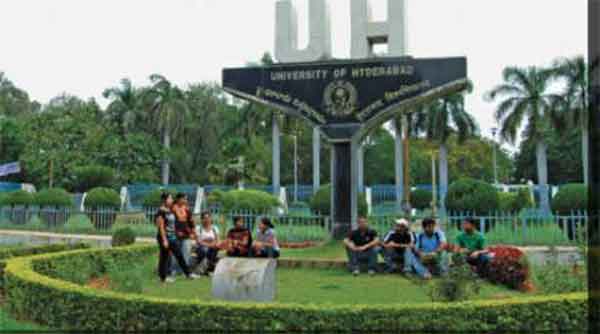
The Union Cabinet approved the National Education Policy 2020 (NEP 2020) on 29th July 2020 amidst the COVID-19 pandemic across the nation. This policy would replace the education policy in operation since 1986. According to NPE 1986, the aim of education was threefold, namely, the overall development of the human resource, international co-operation, and peaceful co-existence, development of socialism, secularism, and democracy. The present policy focuses more on national development by creating citizens with knowledge, skills, and individual development.
Both the NPE 1986 as well as NPE 2020 though have accommodated private institutions in educations but the NPE 1986 had an objective of improving quality of public funded schools so that parents may not feel the need to send their children to private high fee charging institutions. The NPE 2020 speaks largely about privatisation of education largely following the US model of privatisation of education policy. We sometimes read in the newspapers about achievement of world class India born scientists, architects, doctors etc. who had come from very poor family and got education from public schools. That possibility in new education policy would be least.
As per UNESCO report, such privatisation of education is global phenomena, growing in all corners of the world. It also says that path of privatisation is different from country to country. In India (also in other lower income countries like Ghana, Pakistan and Peru etc.) such path is ‘increasingly promoted by the international development communities and supported by the national government as part of PPP scheme’.
. For any education policy, the medium of learning is an important aspect. In new policy medium of learning will be the home language/ mother tongue/ local language’ in public as well as private schools. (4.10). The policy seeks to introduce Sanskrit at all level of schools and higher education as an important, enriching option for the students. (4.16). The policy also states that foreign language such as Korean, Japanese, Thai, French, German, Spanish, Portuguese and Russian will also be offered at secondary level. Thus, there is much confusion in the medium of learning and its multi-lingual focus, that is, why people in south India are opposing its very language policy.
The NEP-2020 recognises the fact that education is for public good and must not be a commercial activity or a source of profit (25.7). But it has not recommended anything to stop the commercialisation and corporatisation of education. On the contrary, it has spelt out for Public Private Partnership (PPP) in higher education (20.11). It has also been envisaged that private higher educational institutions will be encouraged through a progressive regime of fee determination (20.13). Now 50% of the school children and 65% of the college students are pursuing their education on the privately managed educational institutions run by corporate houses, religious institutions, NGOs and philanthropic organisations. Privatisation and commercialisation of educational institutions have led to excessive fee hike, hire and fire policy of teaching and non-teaching staffs etc.
Privatisation and commercialisation of education is the greatest threat to the education today in India. The policy paper acknowledges the importance of education for achieving social justice and equality. Hence, it talks of addressing particularly the socially and economically disadvantaged groups (SEDGs) with establishing Special Education Zones in such areas (6.7). However, the policy paper is silent as how to protect the SEDGs from the clutches of commercialisation of education.
The policy document promises to make Indian a global-study-destination to provide premium education at affordable cost and restore its role as a ‘Viswa Guru’. In the same Paragraph, it is reported that high performing Indian universities will be encouraged to set up campuses in other countries and similarly selected universities will be permitted to operate in India (12.8). This is nothing but a ploy to allow foreign educational institutions to operate in India in the name of quality teaching but to exploit the students and parents. It is amusing to know that India want to become ‘Atmanirvar Bharat’ by inviting Foreign Direct Investment (FDI) and want to become Viswa Guru in education by permitting foreign universities.
In 2000, the then Vajpayee government had appointed two industrialists Mukesh Ambani and Kumar Mangalam Birla seeking suggestions for economic reforms. After 20 years the Modi government accepted such Ambani-Birla committee report titled ”Report on a Policy Framework for Reforms in Education” on setting up of campuses in India by foreign universities. Market oriented education system, multidisciplinary teachings, de-politicisation of education, opening up of private universities and fee hike (User pays principle) in higher education etc. were other suggestions of the Ambani – Birla committee that have been subsequently followed by the Modi government.
As per the NEP 2020, our institutions will need a significant expansion of its research capabilities across disciplines. For that, we need a strong culture of research and knowledge creation. But the present dispensation obsessed with ancient Indian tradition of Takshashila and Nalanda want to recreate knowledge of ancient Indian tradition to face the welcome factor to form a National Research Foundation (18.7). But the state must be willing to spend for research and development. NEP-2020 reaffirmed the commitment of spending 6 % of the GDP as public investment in education (25.2).
The first NEP 1968 had recommended public expenditure in education must be 6% of the GDP and again it has reiterated by the second NEP – 1986. But no policy has reached that goal. In 2017-18, public expenditure on education in India was 2.7% of the GDP. It is an encouraging factor that the policy document seeks to double the public investment in education from the current 10% of the total public expenditure to 20% over a ten years period (25.2). This is too long a period and as J M Keynes says in the long run, we are all dead.
The NEP 2020 has a tendency to centralise and bureaucratise the decision-making process. Education is in concurrent list and centre has equal power as does the state but the central government dominates over the state and detect terms by forming a plethora of centralised institutional set ups. There is possibility of jeopardising the education system by setting up Rastriya Shikshya Aayog.
The NEP 2020 boasts of introducing multiple exit policy with appropriate certificate made available. This policy of flexibility would increase the rate of dropouts and such dropouts would be the source of supplying cheap labour to the multinational companies (MNCs) and monopoly capitalist in India.
In conclusion, we can say that the NEP 2020 lacks scientific temper, secular values and democratic spirit. The GASS invites wider discussion as well as condemnation of NEP 2020. We appeal the people of the country not to leave it to the government to decide but to discuss what type of educational policy we really want.
For comments write to: The President, GASS, Odisha
Email: [email protected]
SIGN UP FOR COUNTERCURRENTS DAILY NEWSLETTER














































